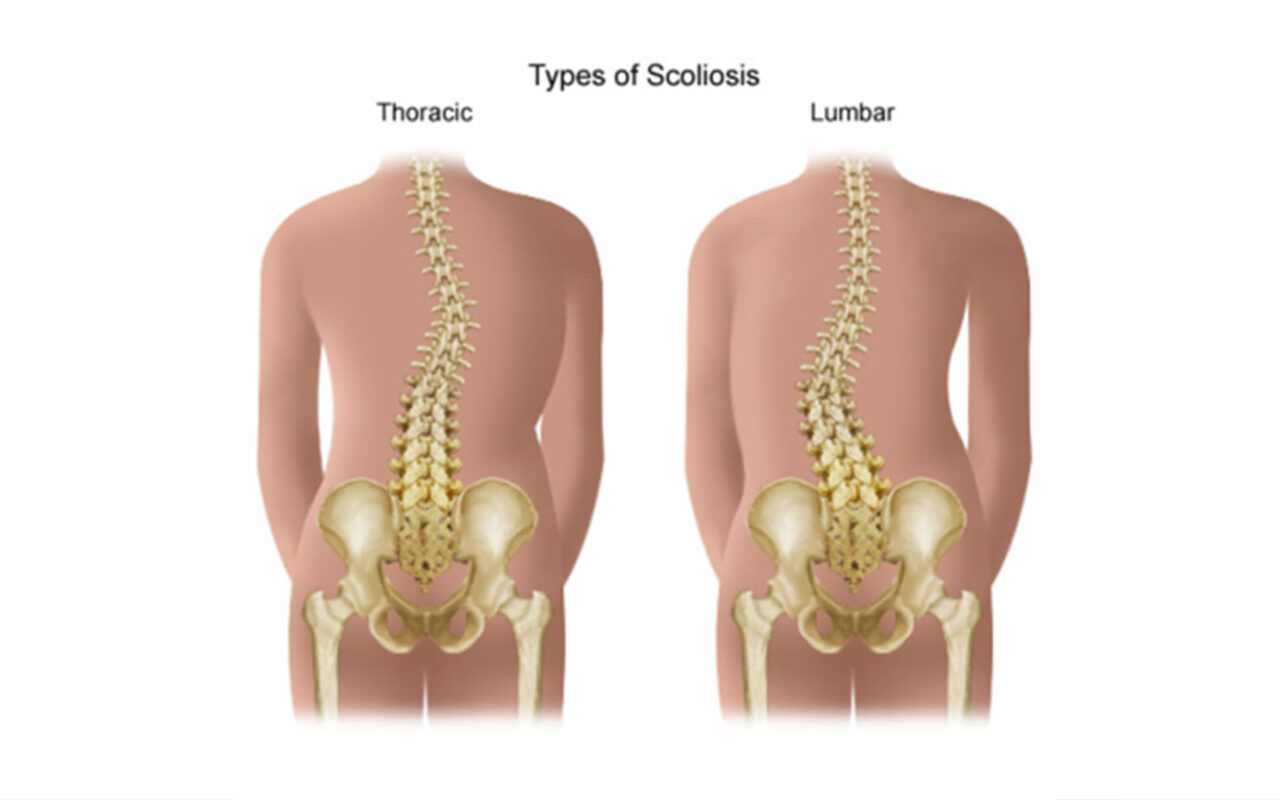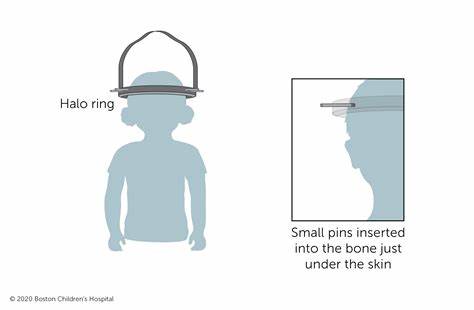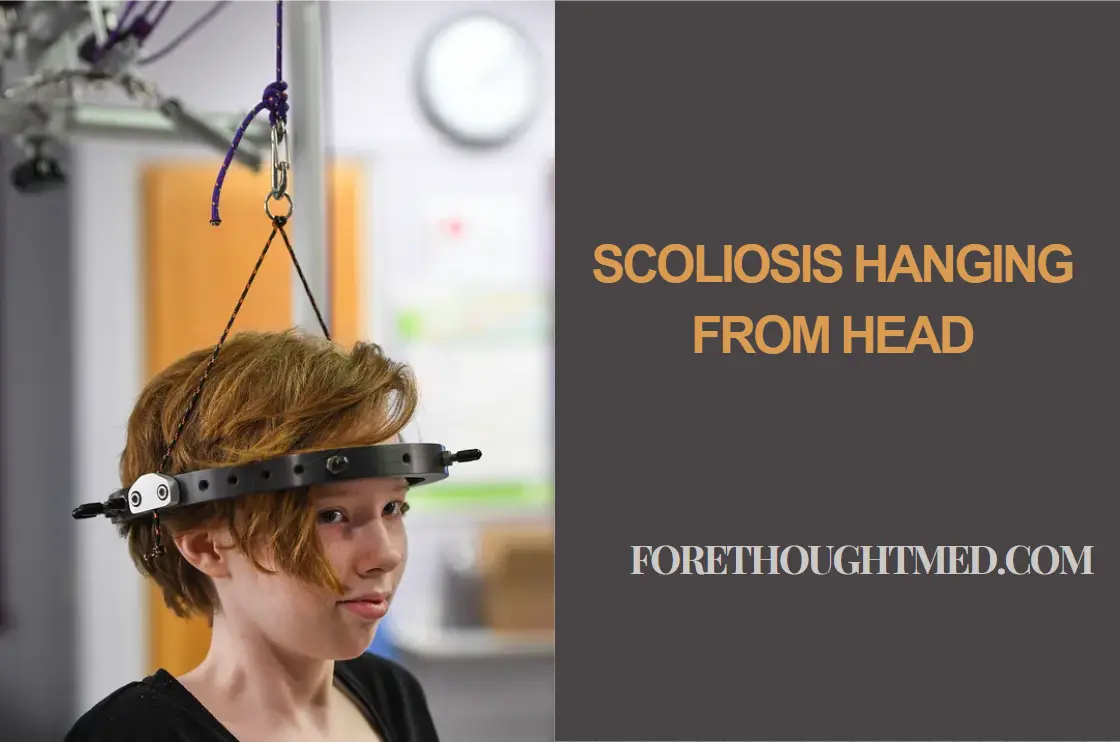Scoliosis is characterized by an abnormal curvature of the spine, which can lead to various physical and psychological challenges. This condition often develops during childhood or adolescence and affects approximately 2-3% of the population, with females being more prone to the condition. The abnormal curvature can cause asymmetry in the shoulders, hips, and waist, leading to postural imbalances and potential long-term complications.

The Concept of Hanging Therapy for Scoliosis
Hanging therapy involves suspending the body from a bar or other apparatus, allowing gravity to decompress the spine and stretch the surrounding muscles. This therapy aims to counteract the effects of gravity on the spine, which can exacerbate the curvature and contribute to pain and discomfort. By hanging, the spine is elongated, and the muscles surrounding it are stretched, potentially leading to improved alignment and reduced symptoms.
Different Techniques of Hanging Therapy
There are various techniques used in hanging therapy for scoliosis, each with its own benefits and considerations:
- Passive Hanging: In this technique, the individual simply hangs from a bar without actively engaging their muscles. This allows for maximum decompression of the spine and can be beneficial for those with severe curvature.
- Active Hanging: Here, the individual actively engages their muscles to stabilize and strengthen the spine while hanging. This technique helps improve muscle strength and control, which is essential for maintaining proper spinal alignment.
Benefits of Hanging Therapy for Scoliosis Patients
Hanging therapy offers several benefits for individuals with scoliosis:
- Strengthening Core Muscles: Hanging therapy helps engage and strengthen the core muscles, including the abdomen, back, and pelvis. Improved muscle tone and core strength can alleviate pain and discomfort associated with scoliosis.
- Improving Spinal Alignment: The elongation of the spine during hanging can help stretch the muscles and ligaments surrounding the spine, potentially leading to better alignment over time.
- Enhancing Flexibility and Range of Motion: Hanging therapy stretches the muscles and ligaments surrounding the spine, increasing flexibility and range of motion, which can improve overall mobility and make daily activities more manageable.
- Alleviating Pain and Discomfort: By decompressing the spine and reducing pressure on affected areas, hanging therapy can help relieve pain and muscle tension associated with scoliosis.
- Psychological Benefits: Engaging in hanging therapy can boost self-confidence and improve mental well-being by providing a proactive approach to managing scoliosis, which can be empowering for individuals dealing with visible spinal curvature.
Precautions and Safety Measures for Hanging Therapy
While hanging therapy can be beneficial, it is essential to take precautions:
- Consult a Healthcare Professional: Individuals with severe scoliosis or other spinal conditions should consult with a healthcare professional before starting hanging therapy.
- Use Proper Equipment: Ensure the use of a sturdy bar or apparatus and consider having a spotter or assistance when starting out.
- Gradual Progression: Begin with short durations and gradually increase as tolerance improves, and maintain proper form to prevent injury.

Incorporating Hanging Therapy into a Comprehensive Scoliosis Treatment Plan
Hanging therapy should be considered a complementary treatment rather than a standalone solution. It is best utilized as part of a comprehensive treatment plan that may include other interventions such as physical therapy, bracing, and exercise. Consulting with a healthcare professional specializing in scoliosis is crucial to develop an individualized treatment plan that incorporates hanging therapy effectively.
Conclusion
Hanging therapy offers a unique approach to managing scoliosis by utilizing gravity to decompress the spine and stretch the surrounding muscles. The benefits include strengthening core muscles, improving spinal alignment, enhancing flexibility and range of motion, alleviating pain, and providing psychological empowerment. However, caution and safety measures are essential, and hanging therapy should be incorporated into a comprehensive treatment plan for optimal results. By combining various interventions, individuals with scoliosis can improve their overall well-being and reduce the impact of the condition on their daily lives.
Références
- [1] Scoliosis Research Society. ‘Scoliosis Overview.’ Available at: https://www.srs.org/professionals/patient-care/what-is-scoliosis
- [2] National Scoliosis Foundation. ‘Understanding Scoliosis.’ Available at: https://www.scoliosis.org/what-is-scoliosis
- [3] Spine-Health. ‘Scoliosis Treatment Options.’ Available at: https://www.spine-health.com/conditions/scoliosis/scoliosis-treatment
- [4] Cleveland Clinic. ‘Scoliosis Diagnosis and Treatment.’ Available at: https://my.clevelandclinic.org/health/diseases/4416-scoliosis
- [5] National Institute of Arthritis and Musculoskeletal and Skin Diseases. ‘Scoliosis Treatment.’ Available at: https://www.niams.nih.gov/health-topics/scoliosis
- [6] Journal of Orthopaedic & Sports Physical Therapy. ‘Rehabilitation for Scoliosis.’ Available at: https://www.jospt.org/doi/full/10.2519/jospt.2020.9411
- [7] The Spine Journal. ‘Scoliosis and Spinal Decompression Therapy.’ Available at: https://www.thespinejournalonline.com/article/S1529-9430(20)30001-7/fulltext
- [8] American Association of Neurological Surgeons. ‘Scoliosis and Spinal Decompression.’ Available at: https://www.aans.org/Patients/Neurosurgical-Conditions-and-Treatments/Scoliosis
- [9] National Institute of Arthritis and Musculoskeletal and Skin Diseases. ‘Spinal Decompression Therapy.’ Available at: https://www.niams.nih.gov/health-topics/spinal-decompression
- [10] Spine-Health. ‘Benefits of Spinal Decompression.’ Available at: https://www.spine-health.com/treatment/spinal-decompression
- [11] Mayo Clinic. ‘Scoliosis Treatments.’ Available at: https://www.mayoclinic.org/diseases-conditions/scoliosis/diagnosis-treatment/drc-20374058
- [12] International Spine Research Foundation. ‘Hanging Therapy for Scoliosis.’ Available at: https://www.isrf.org/hanging-therapy-for-scoliosis
- [13] Scoliosis Research Society. ‘Rehabilitation and Hanging Therapy.’ Available at: https://www.srs.org/professionals/patient-care/scoliosis-rehabilitation
- [14] National Scoliosis Foundation. ‘Incorporating Hanging Therapy.’ Available at: https://www.scoliosis.org/hanging-therapy
- [15] Journal of Orthopaedic & Sports Physical Therapy. ‘Core Strength and Scoliosis.’ Available at: https://www.jospt.org/doi/full/10.2519/jospt.2020.9412

